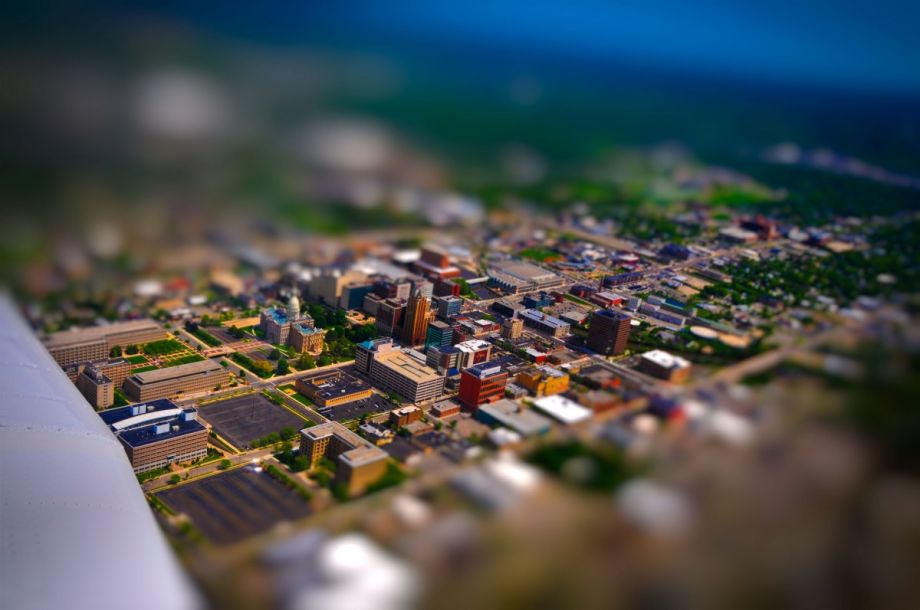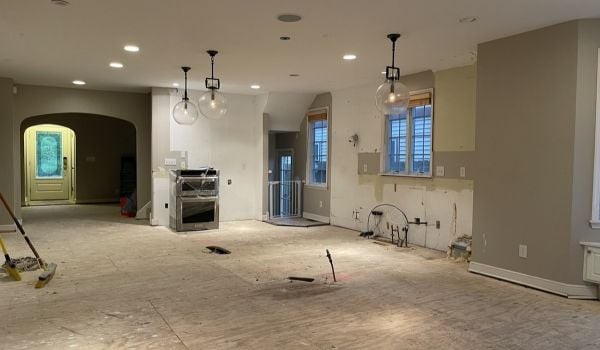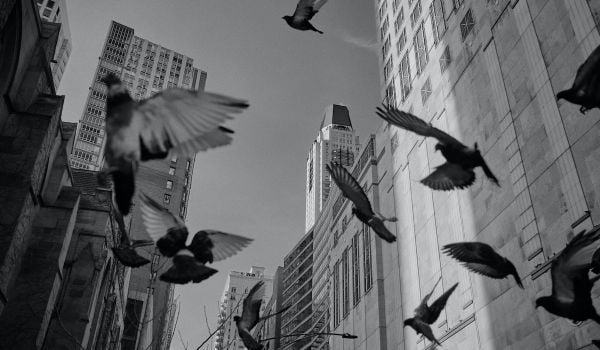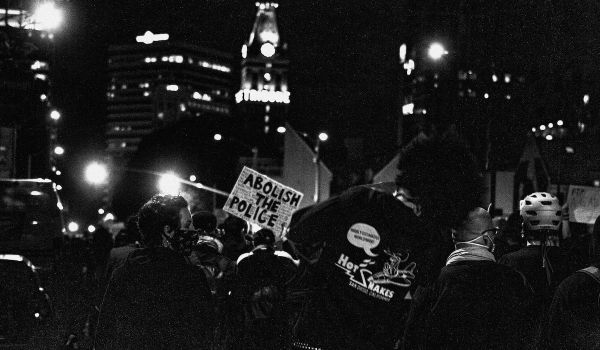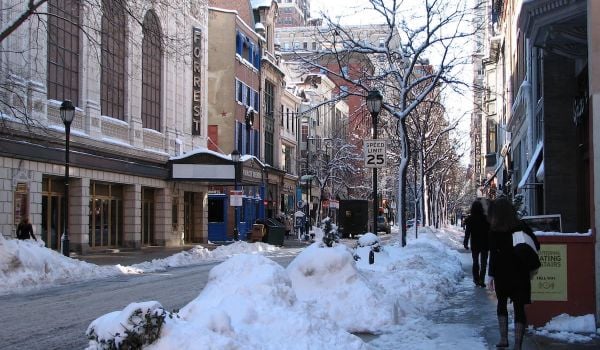Editor’s Note: Last month, Next American City partnered with IBM and its SmarterCities initiative to encourage citizens across the nation to share how their cities are addressing the challenges and opportunities of the 21st century. We challenged you to tell us why your city deserves to be called the Next American City. The prize for the city with the most posts to the SmarterCities Scan was a profile on our website, and Lansing, Michigan, blew the competition away. Lansing resident Ivy Hughes contributes the following profile.
Listing the developments, innovation and intellectual capital transforming the Greater Lansing Region in 1,000 words is like giving an Academy Award speech in one minute — it’s nearly impossible — which is exactly why the Greater Lansing Region won the IBM and Next American City’s IBM SmarterCities web challenge.
For years, various groups have been trying to change the Greater Lansing Region’s image as another Rustbelt city, but these efforts have really taken off in the last few years. Kiplinger recently ranked Lansing as one of the “10 Great Cities for Young Adults”; several Greater Lansing Region businesses have made Inc. magazine’s 5,000 fastest-growing companies; Michigan State University (MSU) was chosen as the home base for a the $500 million Facility for Rare Isotope Beams (FRIB) and is ranked only second to MIT in nuclear physics; and, in 2009, MSU made Entrepreneur magazine’s list of “Top Colleges for Business.”
Grassroots efforts, regional cooperation and people who do, rather than say, are the reason this region has achieved such honors. Of course, the Greater Lansing Region wouldn’t be what it is without its existing assets, which include MSU, Cooley Law School, Lansing Community College, top-notch K-12 schools, a beautiful riverfront, outdoor recreation and an immense concentration of intellectual talent.
In no particular order, these are the events, ideas, developments and innovations responsible for turning the Greater Lansing Region into a change agent.
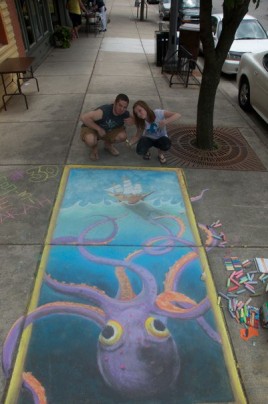
Development
Redeveloping a city with an above-average quantity of abandoned buildings is tricky, but doable as long as the community works with what it has, creates what it doesn’t and incorporates the riverfront in its planning. The Greater Lansing Region is doing all three.
Two major developments have changed the way residents view the riverfront. First, one of the region’s largest employers, the Accident Fund, invested $182 million to restore a historic eyesore overlooking Lansing’s riverfront. Then the City of Lansing and Lansing Entertainment & Public Facilities Authority (LEPFA) brought the city’s largest Michigan market to the riverfront. Both improvements prompted more community engagement and encouraged the development of new water-based recreation businesses.
Developer Pat Gillespie took a risk and created a mixed-use space across from Lansing’s baseball stadium, drawing young people and new businesses to the downtown. The Ingham County Land Bank continues to improve neighborhoods by redeveloping dilapidated homes and commercial building. One of its greatest feats was the purchase of the area’s seediest motels, which it promptly turned over to 50 artists who transformed it into a massive piece of art.
Sustainability
Changing a city best suited for cars into a walkable, bikeable community is, at the very least, a challenge but several organizations are working to increase the number of bike lanes, walkways and shared use paths. The region’s bus system, CATA, is one of most effective transportation systems among communities similar in size to the Greater Lansing Region and is a major player in the effort to shift the ratio of cars to people on the street. Discussions regarding the incorporation of a light rail system into the region’s long-term transportation plan have just begun.
Sustainability is the driving force behind these transportation efforts and is the catalyst for the region’s vast community garden network and the inspiration for the city’s first urban garden — Urbandale farm. Many neighborhood organizations are working to increase the visibility and viability of sustainable eating in the region.
Culture
The Greater Lansing Region has never lacked culture. It has more than 100 cultural organizations including the Wharton Center, which has the largest programming schedule of any independent performing arts center affiliated with a university. In 2012, the region’s cultural assets with boom with the opening of the Eli and Edythe Broad Art Museum, which was designed by world-renowned Architect Zaha Hadid.
The region’s 30 festivals attract musicians and artists from around the country and its zany art events, including sidewalk murals and recyclable sculptures, make art accessible to the entire community.
Ideas 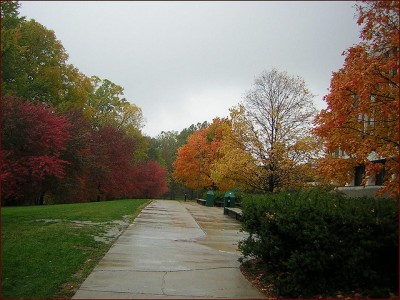
The sheer volume of talent in the Greater Lansing Region is overwhelming. MSU, Cooley and LCC churn a lot of talent. The challenge is keeping that talent in the region by engaging them in the community and exposing them to ideas.
Within the last two years, area leaders launched Ignite Lansing and Tedx Lansing, two nationally recognized forums for any and all ideas. Ignite Lansing is on its fourth iteration and TedxLansing is on its second. Out of Ignite Lansing came Eve of Ignition, the first Ignite spinoff in the country for college students, who use the forum to pitch business ideas and connect with area professionals. Similar to Eve of Ignition, Next Bright Idea provides funding for college students who present the most viable business plan to a panel of judges.
Many of these ideas hatch at informal meetings-of-the-minds such as Lunch with a Purpose and the Gumball Club. Lunch with a Purpose is a weekly event where people come together for an hour to support a targeted non-profit. The Gumball Club has a lot of 19-to-22-year-old moving parts that meet weekly to toss around ideas, discuss student organizations and develop business ideas.
Entrepreneurship
The start-ups in this region are a bit adverse to old school labels like “entrepreneurship,” “innovation” and “incubator” but…until we come up with something better, they hit all three. In less than two years, five incubators have settled into the region. East Lansing’s Technology and Innovation Center (TIC) has successfully provided creative space and low-rent environment for various start-ups. A student iteration of the TIC, the HATCH provides business resources and low-rent space for younger innovators. The NEO Center is an artists’ incubator and iTec and the Dewitt Creativity group work with junior high and high school student interested in math, science and entrepreneurship.
The Greater Lansing Region is changing its ways, opening up to new industries, holding onto talent and generating new ideas, but this is just the beginning of a long, transformative process driven by an extremely motivated crew.
In no particular order, here’s a big thank you to the groups continuing to make the Greater Lansing Region a place we all want to be. They are: #lovelansing, Capital Area Michigan Works!, Accelerate Lansing, YSG Lansing, Capital Gains Media, Keep Learning, LEAP, Grand River Connection, Mid-Michigan Tweet Ups, Prima Civitas, Impression 5, City of East Lansing, NOISE, MSU Catalyst, Walk and Bike Lansing; Greater Lansing Business Monthly; Help Make Mid-Michigan Walk and Bike Friendly!; Lansing Walking & Bicycling Task Force; Arts Council; Lansing Happy Hour Club; and a plethora of hardworking neighborhood associations.
(First photo, of Chalk of the Town, by Benjamin Slayter. Second photograph, of the MSU campus in fall, is by Cherise via Flickr.)

